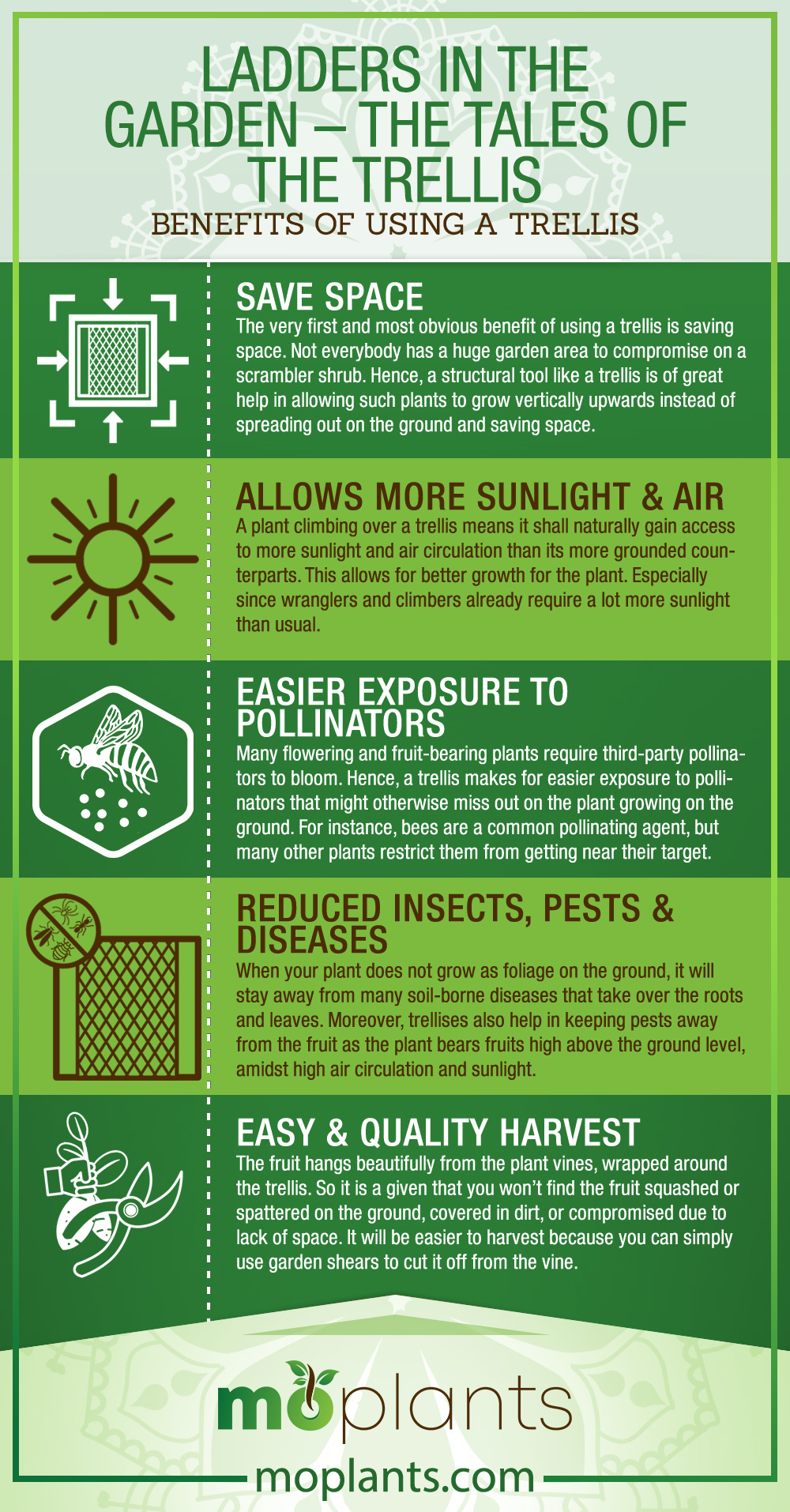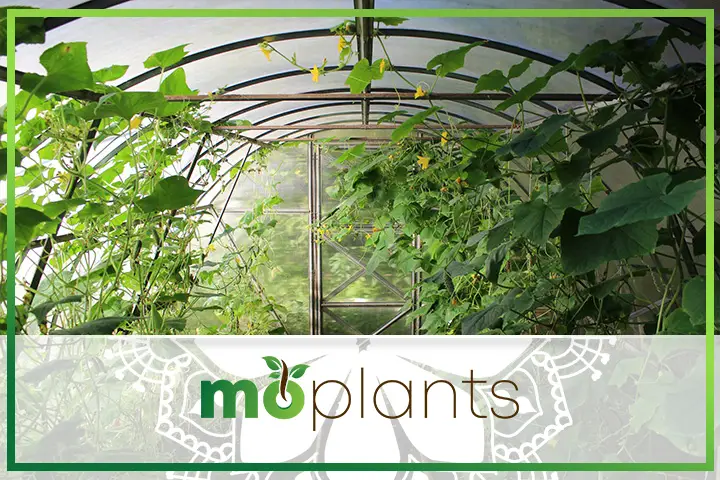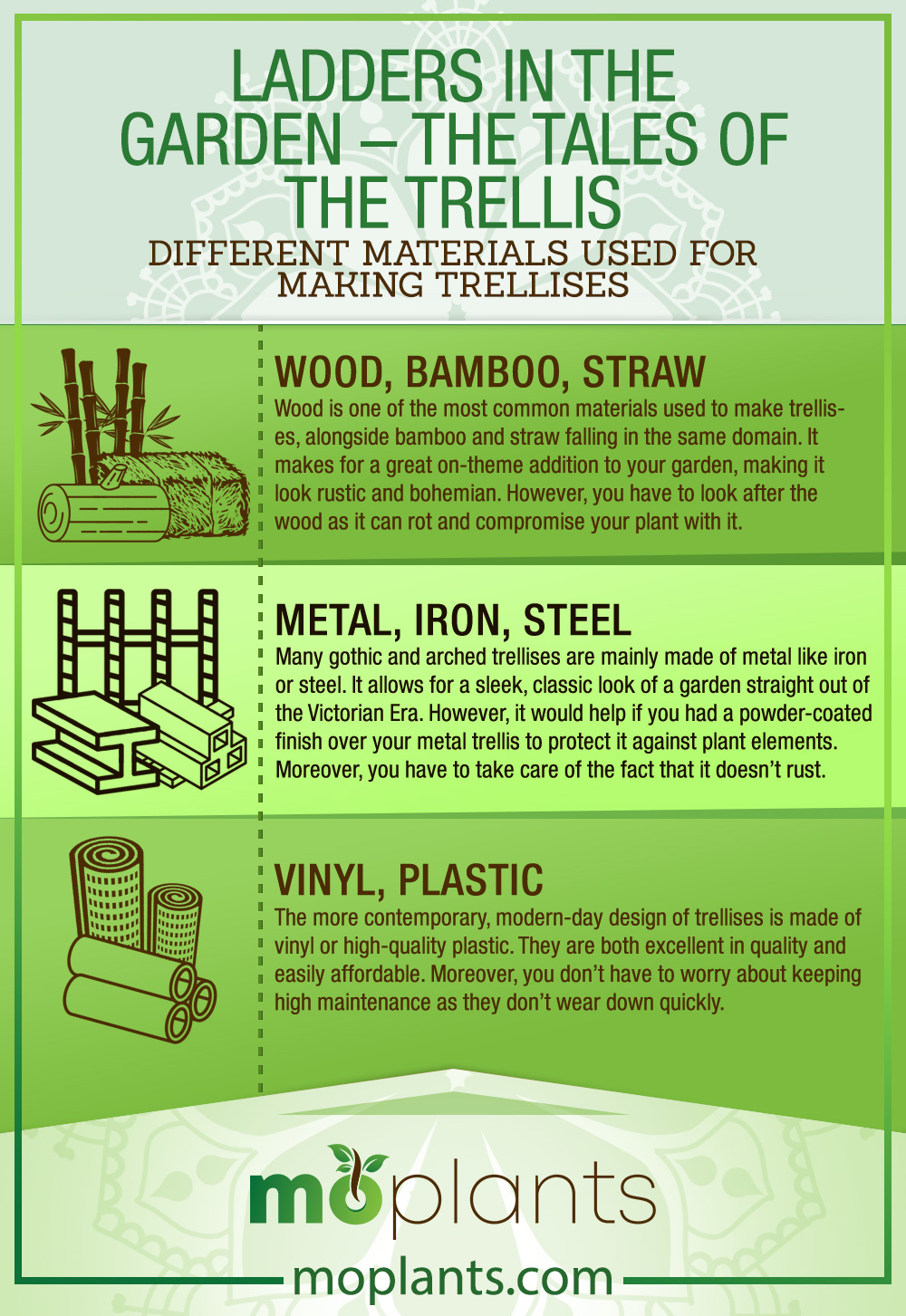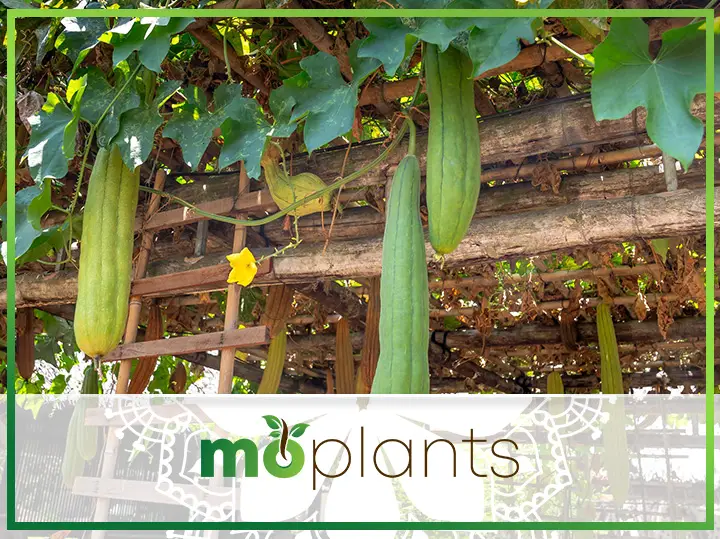When you first get started on your garden, it is either a hobby you’re catering to or merely an activity to make your otherwise empty garden look good. So naturally, it leads to the two most apparent possible things to happen:
- You get occupied with other things and leave it in the middle.
- You end up hiring a professional gardener to take over.
But for some people, gardening, planting, and in general taking care of plants is much more than that. It is, in a way, a spiritual experience, a passion that drives them, and an opportunity to become one with nature. Such people leave no stone unturned to make the most of their gardens and look the best they can. After all, their garden is more so a sanctuary to them and a home for their beloved plants than just a decorative element or hobby.
So it makes sense if they would like to incorporate innovative ways to help the plants and, at the same time, do most for their garden too. Hence, this notion allows for many different types of external elements to easily be incorporated. From different types of plants, planting styles, and harvesting techniques to tools and structures that help plants grow differently, a vast array of factors make it a more interesting pursuit.
What is a Trellis?
One such garden element that we are going to talk about today is a trellis. A trellis is basically a garden ladder that is created as a structure to help plants grow vertically. It is a great structural tool that helps save garden space as well as acts as a support for climbing plants. It is most often recommended for a few types of plants to let grow on a trellis. It works both indoors and outdoors for plants that may take up a lot of space otherwise.
Trellis can be made from many different materials. While getting a pre-made bamboo ladder is acceptable and practical, you can have a trellis made from different materials. However, mainly it is an open framework that works for plants to grow upwards and not spread across. So it can very well be made of natural materials like wood, straw, bamboo, but also suffice with metals like iron and even plastic.
Benefits of Using a Trellis
There are undoubtedly many benefits of incorporating a trellis in your home garden. Let’s explore a few:
Save Space
The very first and most obvious benefit of using a trellis is saving space. Not everybody has a huge garden area to compromise on a scrambler shrub. Hence, a structural tool like a trellis is of great help in allowing such plants to grow vertically upwards instead of spreading out on the ground and saving space.
Allows More Sunlight & Air
A plant climbing over a trellis means it shall naturally gain access to more sunlight and air circulation than its more grounded counterparts. This allows for better growth for the plant. Especially since wranglers and climbers already require a lot more sunlight than usual. So a trellis is a great booster for such plants, aiding in their growth.
Easier Exposure to Pollinators
Many flowering and fruit-bearing plants require third-party pollinators to bloom. Hence, a trellis makes for easier exposure to pollinators that might otherwise miss out on the plant growing on the ground. For instance, bees are a common pollinating agent, but many other plants restrict them from getting near their target. A trellis isolates the target for them.
Reduced Insects, Pests & Diseases
Quite obviously, when your plant does not grow as foliage on the ground, it will stay away from many soil-borne diseases that take over the roots and leaves. Moreover, trellises also help in keeping pests away from the fruit as the plant bears fruits high above the ground level, amidst high air circulation and sunlight.
Easy & Quality Harvest
The fruit hangs beautifully from the plant vines, wrapped around the trellis. So it is a given that you won’t find the fruit squashed or spattered on the ground, covered in dirt, or compromised due to lack of space. It will be easier to harvest because you can simply use garden shears to cut it off from the vine.
Infographic

Main Things to Consider Before Getting a Trellis
Considering the benefits we just explored above, it is understandable that now, you too are tempted to get a trellis for your garden. However, there are two main things that you have to consider before getting one:
What Plant You Are Growing
Even when you buy pots to plant in them, you clearly have an idea of what plant you are going to grow in them. Similarly, deciding to get a trellis also rests on the consideration of which plant you are growing to grow. It is essential to answer this question because the final answer will affect the choice of design and material you shall be getting.
Placement of the Trellis
Another thing to consider before getting a trellis is the placement of the structure. You ought to know the usual wind direction, whether or not you will mount it on the wall, would you place it indoors or outdoors, etc. All these factors come into play given that the trellis has to be kept stable and ensure the plant is protected and growing.
8 Incredible Trellis Designs to Choose From
Now that you have decided the placement of your trellis as well as what plant you are going to use it for, you have a choice to make. There are a few different types of trellises available. All of the different designs can fulfill different purposes from plants and gardens, depending on the requirements. Therefore, let’s take a look at eight incredible trellis designs that you can choose from to incorporate into your garden.
1. Lattice
When you say trellis, the image that probably pops in your head is of a lattice trellis. It is the most common type of trellis that people like to use for their home gardens. The traditional is the one that actually looks like a garden ladder. However, you can also choose a crisscross design.
2. Wall-Mounted
Also traditionally shaped like a garden ladder, a wall-mounted trellis works best for fruit-bearing plants. The vines of such plants need extra support. So thanks to a wall-mounted trellis having more stability, the wall allows the vines to grow easily while bearing fruit. Many people use it to expand the vines all along the wall for aesthetic purposes.
3. Arched
An arched trellis is much like its name and shaped to look like an arch. With two flat sides joined with an arch in the middle, this design is an expansion of the traditional lattice format. It allows for both aesthetic fulfillment as well as growth expansion for climbers to grow from both sides and join over the arch.

4. Obelisk
Many people may consider that an obelisk trellis is just three to five flat lattice trellises tied together. However, the aesthetic property of an obelisk makes it much different than any of the other types. Moreover, its usage is not just wholly inclined towards decorative purposes. In fact, obelisk trellises can be pretty functional too.
5. Expanding
An expanding trellis is more of a contemporary take on trellises. It gives you much more control and preference based on your current need. You can easily adjust it as per the height or length you may require. Many people also use it as a garden divider or a temporary decorative plant holder indoors.
6. Gothic
A gothic trellis is one of the most beautiful designs of trellises that you can acquire for your garden. From various elements like rounded frames, vintage design patterns of roses, and exquisite details, gothic trellises are nothing short of being placed in a garden museum. They are both functional and fabulous as statement pieces.
7. Fan
A fan trellis is precise as it is named, meaning that the frame expands out like a Chinese fan and allows for the plants to grow both vertically and horizontally. You can easily mount it on the wall or place it in an empty corner of your garden. A fan trellis is excellent for green vines like Money Plant to encourage a big growth spurt.
8. Folding
Folding trellises are foldable and, thus, easy to store. You can easily use this trellis design for a temporary, seasonal vegetable plant and fold it up after the season is over. It is convenient for a trellis as you can move it or carry it around. For instance, you grow a plant in your backyard then carry it to the front patio.
Different Materials Used For Making Trellises
Alongside the different design choices that you have for trellises, there are also different materials to consider. Depending on how much maintenance you are willing to invest and other planting factors at play, there are three common materials used for making trellises that you can choose from:
Wood, Bamboo, Straw
Wood is one of the most common materials used to make trellises, alongside bamboo and straw falling in the same domain. It makes for a great on-theme addition to your garden, making it look rustic and bohemian. However, you have to look after the wood as it can rot and compromise your plant with it.
Metal, Iron, Steel
Many gothic and arched trellises are mainly made of metal like iron or steel. It allows for a sleek, classic look of a garden straight out of the Victorian Era. However, it would help if you had a powder-coated finish over your metal trellis to protect it against plant elements. Moreover, you have to take care of the fact that it doesn’t rust.
Vinyl, Plastic
The more contemporary, modern-day design of trellises is made of vinyl or high-quality plastic. They are both excellent in quality and easily affordable. Moreover, you don’t have to worry about keeping high maintenance as they don’t wear down quickly. However, if a vinyl trellis has lost its charm over time, you can easily replace it and get a new one.
Infographic

The Best Plants to Grow On a Trellis
Finally, now that you are on board the trellis train, we thought to share a list of the best plants that you can grow on a trellis and make a gorgeous addition to your garden:
Roses
Roses are one of the top most popular choices for plants to be grown on trellises. It is a beautiful flowering plant that does really well on arched or gothic style trellises due to their aesthetic properties. However, roses are a high-maintenance plant and will do well only if they keep receiving consistent care.
Beans
Beans are easy to plant and even easier to grow on a trellis. You can easily work with the length of the plant as per your liking or requirement. The bean plant vines are very light, so you can choose almost any trellis to have this type of plant grow on it. Many people like to use lattice trellis placed over a raised plant bed.
Tomatoes
Tomato vines are considered one of the most gorgeous, especially after they bear fruit on the vines. However, the vines require some extra support to stay upright after bearing fruit. Therefore, many people use wall-mounted trellis to help support the plant vines as well as let the fruit hang in all its glory.
Peas
Peas can grow up to be quite tall, but vining peas can go as long as 8’. With lightweight green vines, you can use almost any trellis except metal. As pea plants require a lot of watering, a metal trellis will easily corrode and rust with so much water. So wood, bamboo, or vinyl trellis works best for peas.
Squashes, Melons
Finally, a fruit plant among the many vegetables that grow on vines and put on trellises, apart from tomatoes, of course. Trellises are great for squashes and melons because otherwise, the fruit-bearing shrubs can take up a lot of space. However, it is important to let the plant grow up, not higher, as the fruit will fall and be compromised.
Cucumbers
Cucumbers are the freshest and easiest vegetable to grow on trellises. The plant will fill your garden air with the fresh scent of cucumber while the green vegetable hangs beautifully down the sprout. However, make sure to cut off the cucumber from the vine and not pull it, as it can extract the whole vine from the trellis.

